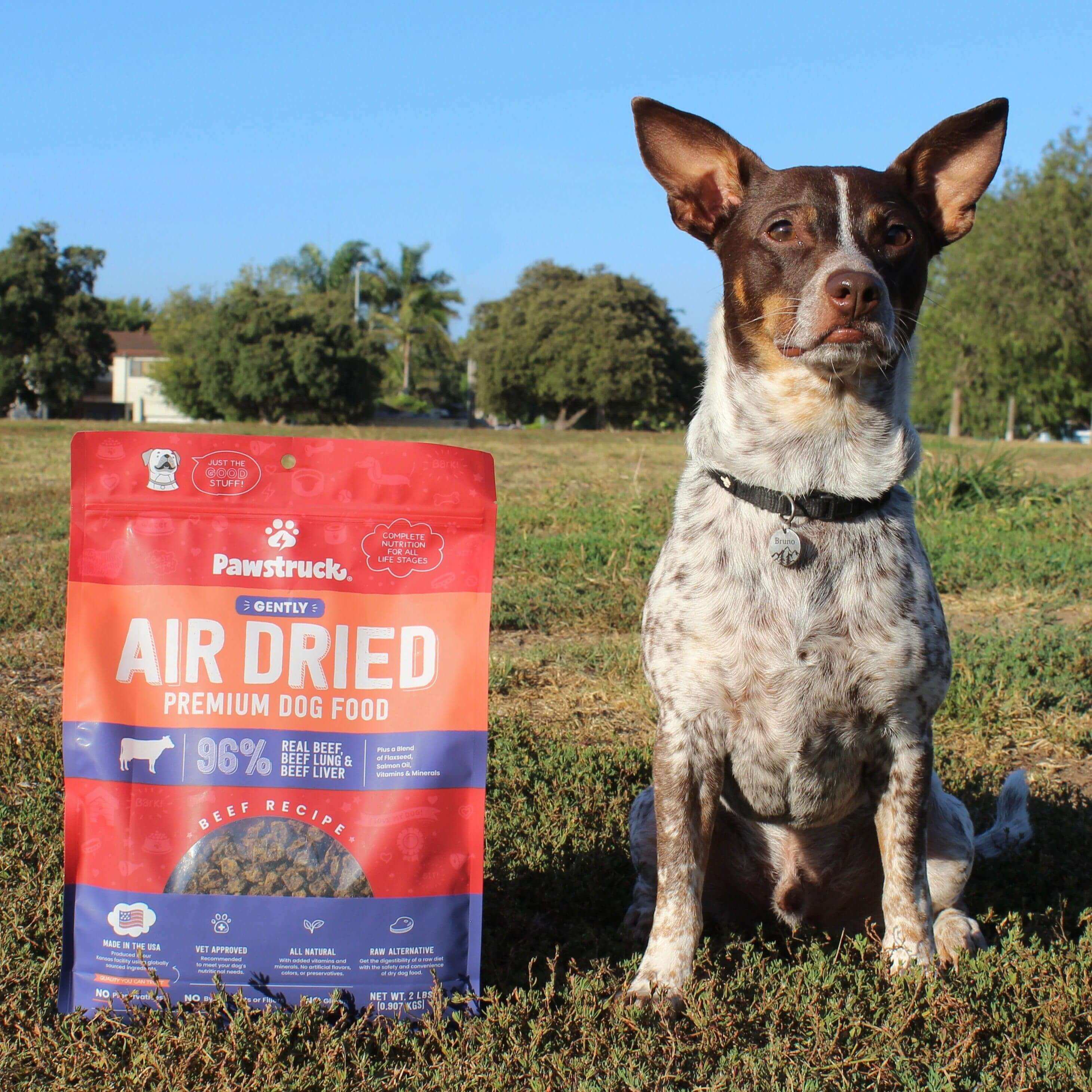The ABC's of Dog First Aid

The majority of the time our pets are safe and happy, but disaster can strike quickly. Having a little know-how will go a long way and could be the difference between life and death for your dog, so make sure to prepare!
NOTE: This guide is for reference only with information taken from outside sources listed below, contact your veterinarian in the case of an emergency.
Here are the top 3 things to remember:
1. Keep Calm and Carry On
When an emergency arises or your dog needs first aid care, remember to take a deep breath and stay calm. You will be able to think more clearly if you are calm. Assess the situation – what is actually going on? The calmer you are, the better you will be able to think and help your pet. It is important to figure out what has happened. How is your dog acting? Is your pup suddenly weak or has been feeling ‘off’ for a few days? Is there vomit or diarrhea? Coughing or choking? A possible toxin exposure? Having some basic facts about the situation will help you to act quickly before seeking veterinary help.
2. The ABC's of Dog First Aid
Before you can read, you must start with the ABC's. Emergency first aid starts in the same way! However, here the ABC's stand for Airway, Breathing and Circulation. If your pet is hurt or struggling and you’ve completed Dog First Aid step number 1, proceed to:Airway:
Take a look inside of the mouth, especially if there is excessive drool or coughing. Is something visibly blocking the airway (a rawhide treat or a toy)? Many dog owners are able to remove the object at home, saving their pooch. Always be careful and don’t get bitten! If the airway is obstructed and you cannot correct it, quickly check Breathing and Circulation and head to the veterinarian.Breathing:
Take a deep breath: Is your dog breathing? Is it fast, slow or not at all? Does the breathing seem labored? Keep in mind – over 30 breaths per minute is too fast for any dog. Panting: dogs will breathe fast when panting and panting can be normal or a sign of distress.Circulation:
Is there a heartbeat or pulse? An excellent resource to review is the video below, which shows how to take your dog’s heart rate and the normal ranges. If any of the ABC's are abnormal, take action and contact your veterinarian as soon as possible. Depending on the problem your pet is having, you may or may not be able to provide meaningful dog first aid at home. Here is an example of things you can do: Fever and Heatstroke Many owners will touch their pet’s ears and become concerned that their temperature is too high. Dogs often feel too warm to us because their normal body temperature is higher than that of humans. So, if they feel warm and are acting normally, they probably are perfectly fine. However, the only way to know is to take a rectal temperature. Be sure to have a digital fever thermometer in your dog first aid kit and some petroleum jelly. There are super-fast digital thermometers available, some that will take accurate readings in just 10 seconds! The normal rectal temperature range for dogs is 100-102.5° F (37.7-39.1° C). If your dog’s temperature is below 99° F (37.2° C) or above 104° F (40° C), this is an emergency, please take action (see below) and then take your pet to the veterinarian as soon as possible.
3. Be Knowledgeable About Common Problems
Now that you know the basics, it’s time to brush up on what to do in common pet first aid scenarios. Excellent resources for common issues along with dog safety tips can be found below via Veterinary Partner:- Bleeding
- Bloat
- Choking
- Diarrhea and Vomiting
- Difficult Birth
- Fever
- Heatstroke
- Poisoning
- Snake bite
- Seizures
Listed article sources:
Video: Expert: Dr. James Talbott Bio: Dr. James R. Talbott is a staff veterinarian at Belle Forest Animal Hospital and Kennel in Nashville, Tenn. Filmmaker: Dimitri LaBarge
Article: Veternarian Partners


























Leave a comment